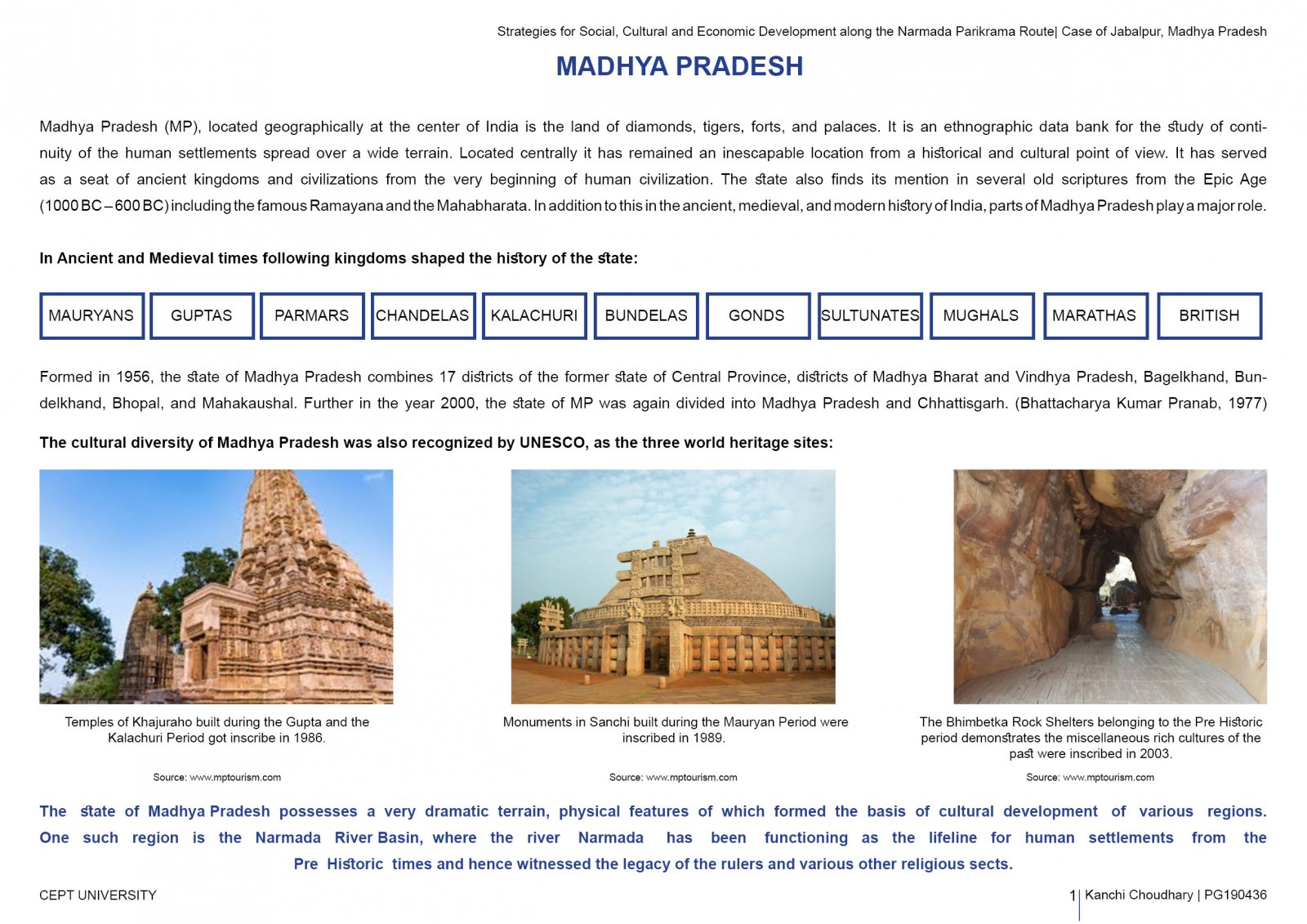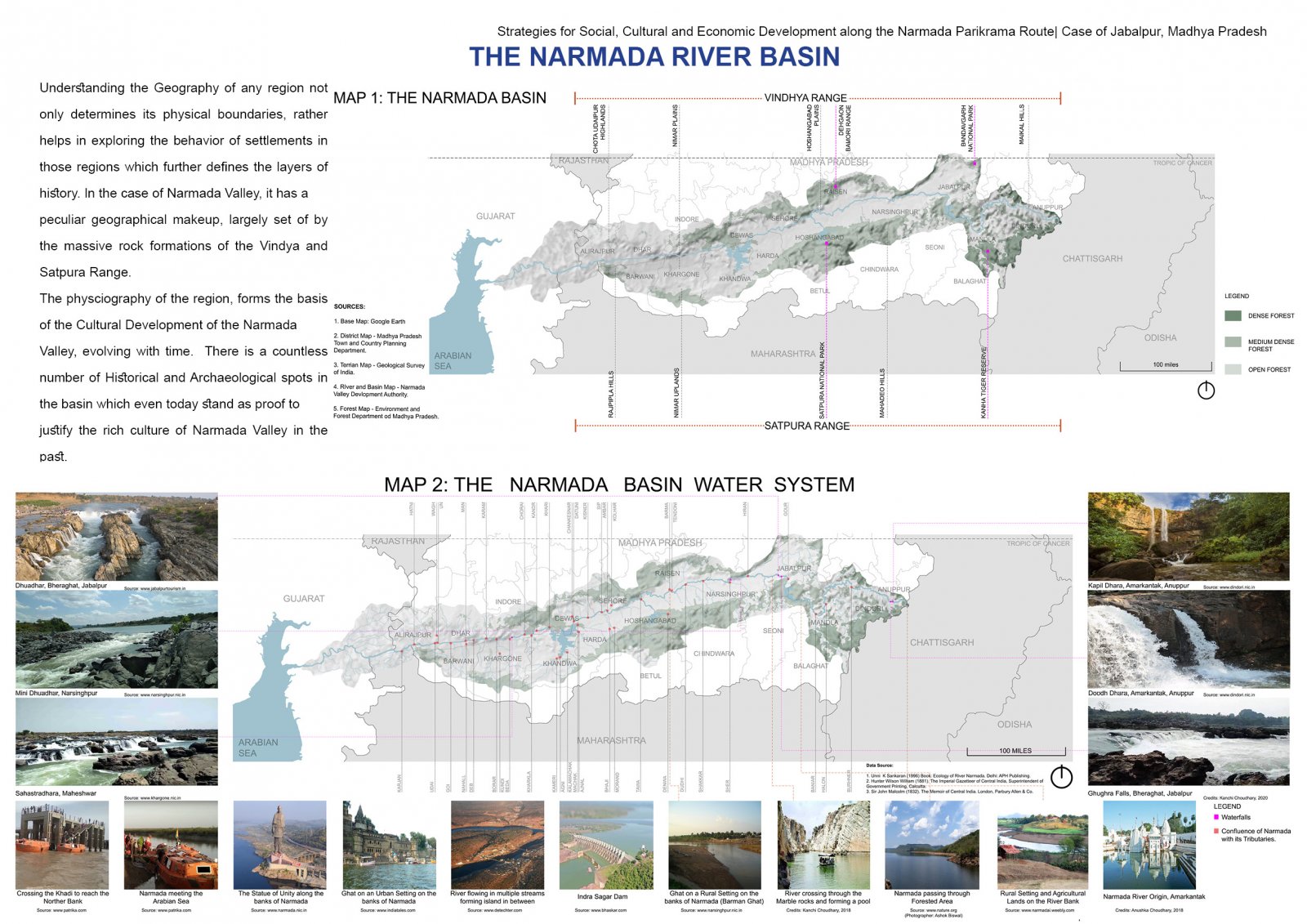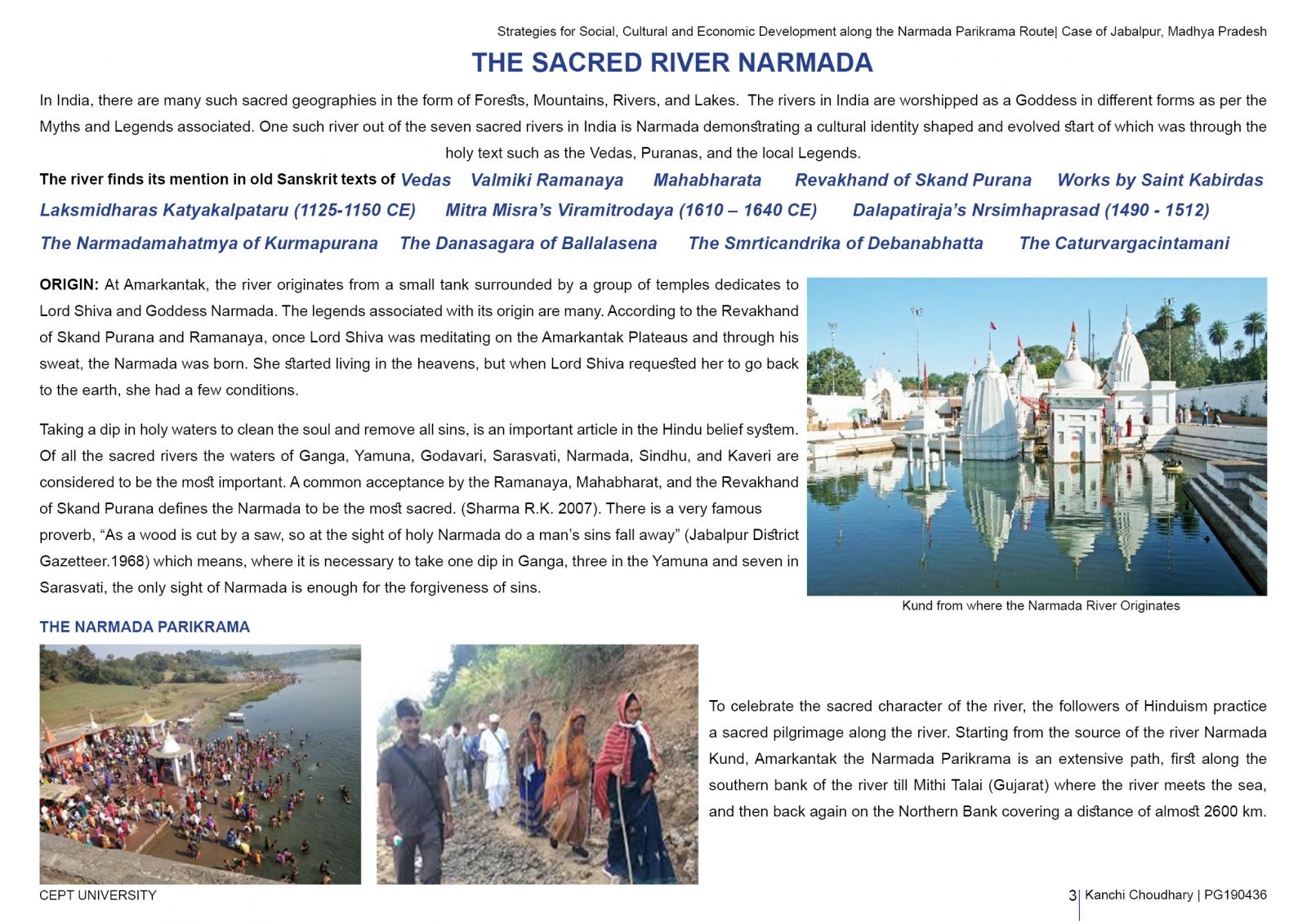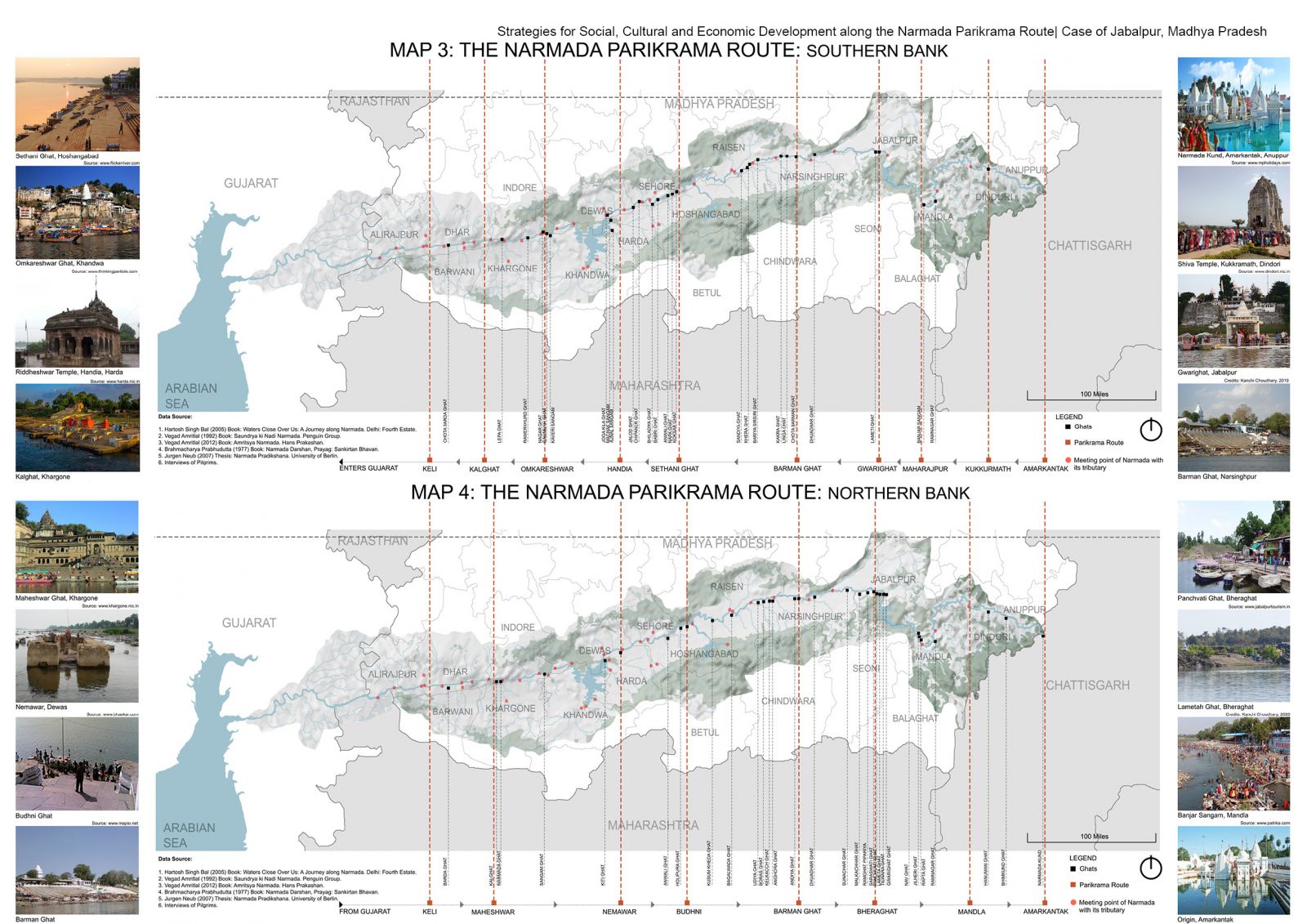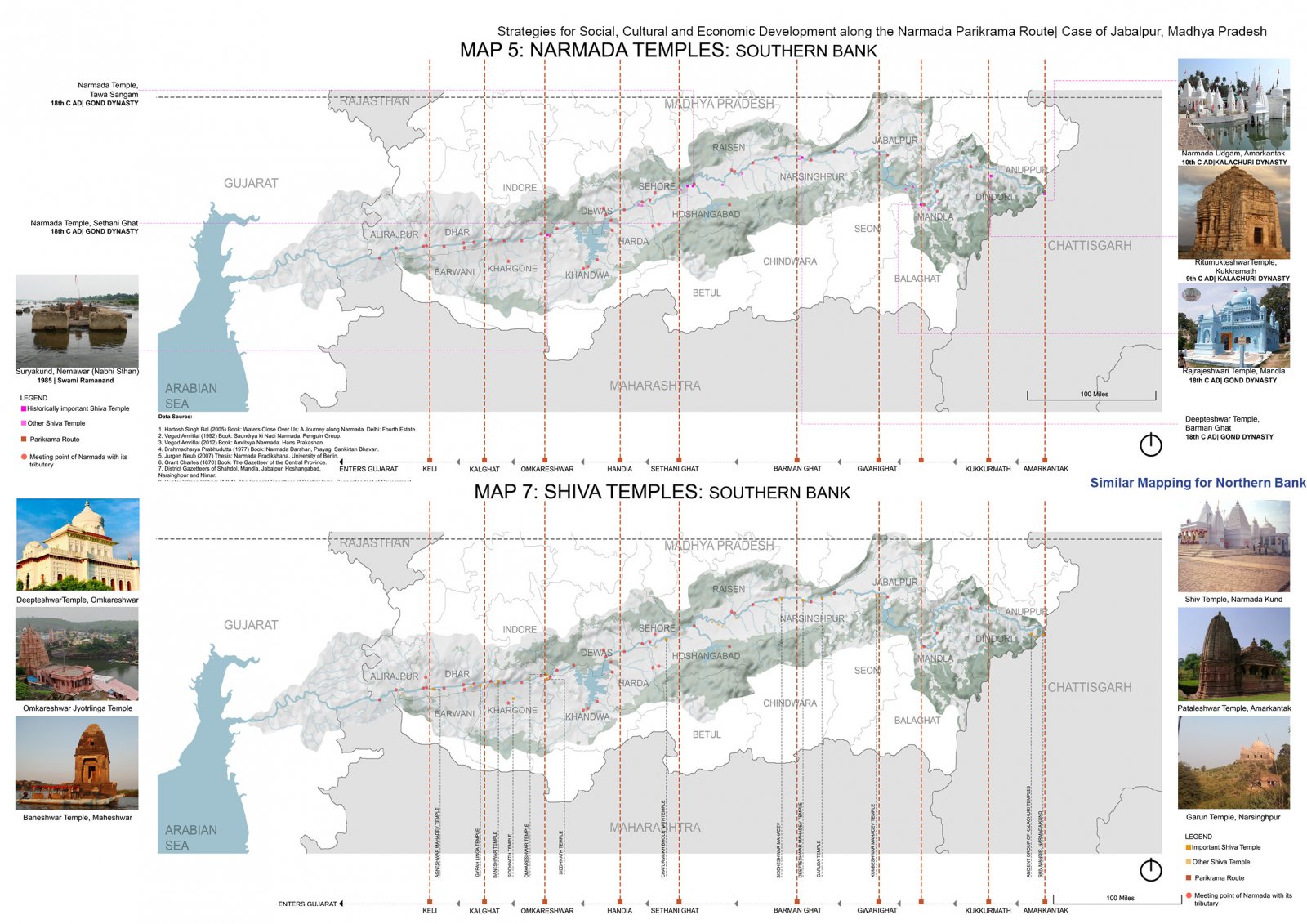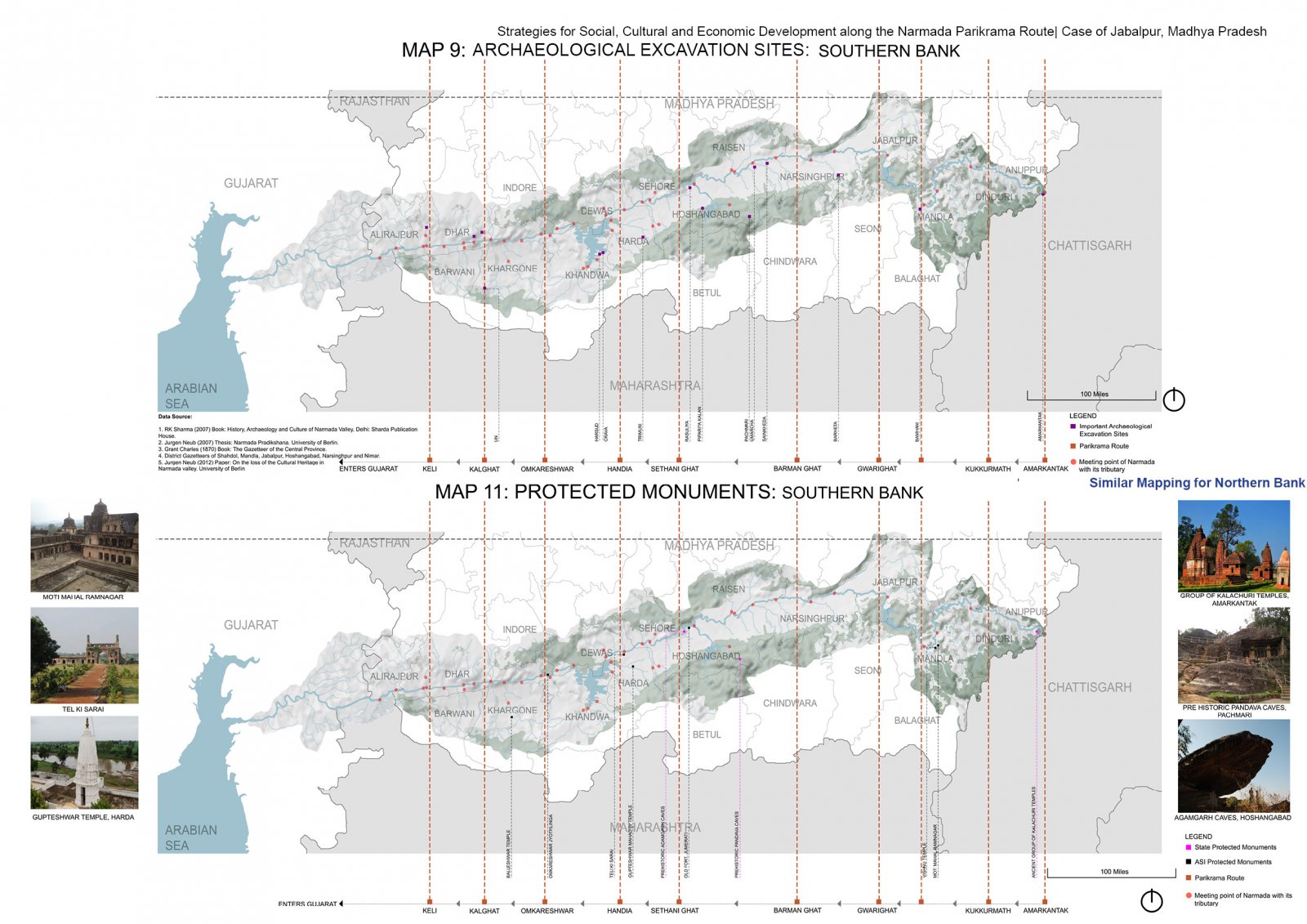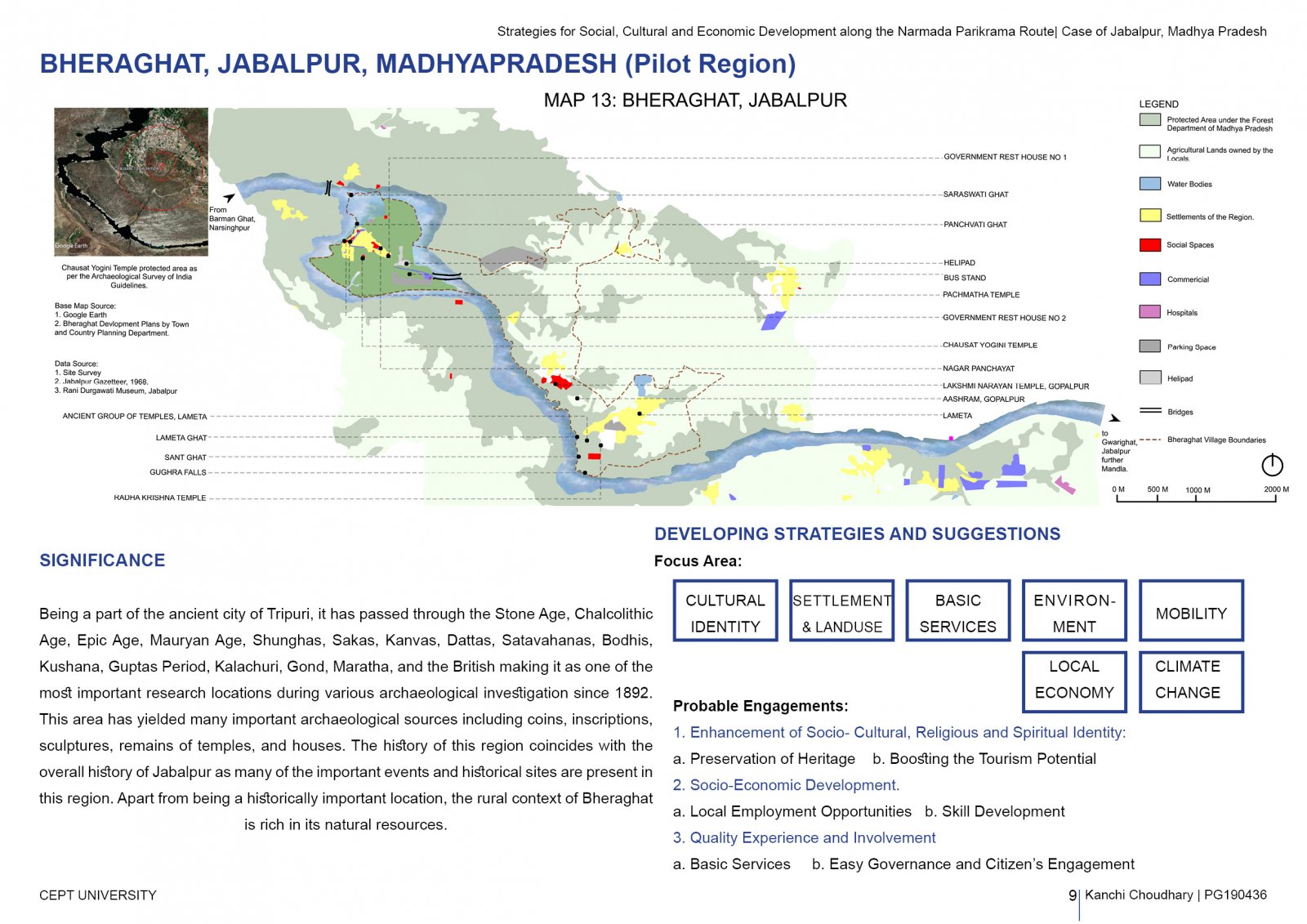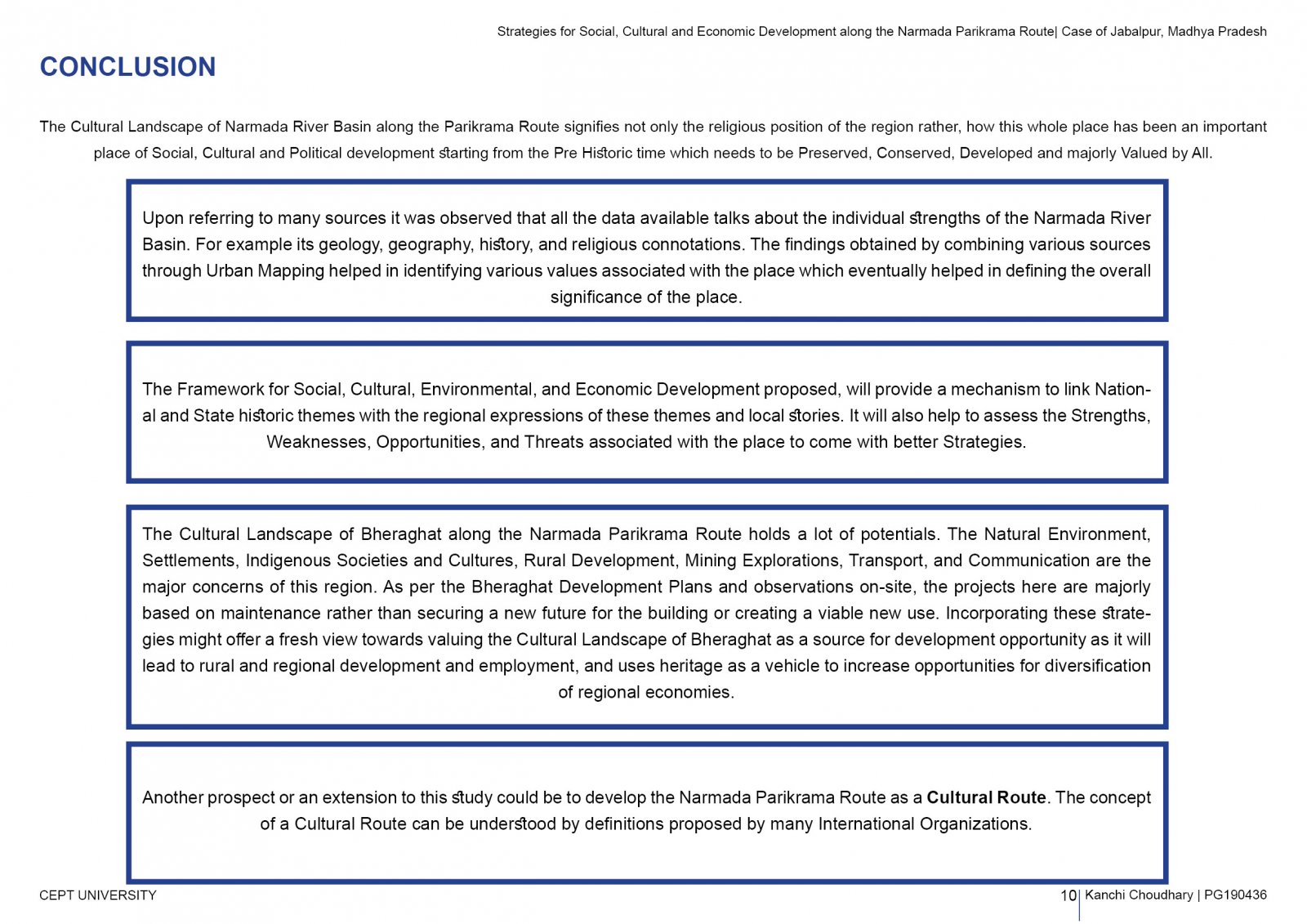Your browser is out-of-date!
For a richer surfing experience on our website, please update your browser. Update my browser now!
For a richer surfing experience on our website, please update your browser. Update my browser now!
Since ancient times, civilization all over the world has flourished along the river valleys. The Narmada River Valley is one of the oldest civilizations known so far as per various archaeological excavations and old literature. In this study, more than 250 heritage locations are compiled from different travel logs and old literature forming a part of an ancient tradition still practiced by people in the region known as Narmada Parikrama.
The study starts with a database to define the Cultural Landscape and Significance of Narmada River Basin along the Narmada Parikrama Route. Starting from its origin at Amarkantak till the last location before the river enters Gujarat. Collective information on the same provides firsthand information that is not readily available.
The Cultural Landscape in this regard has various values associated with it, which as per the current scenario are only acknowledged in a religious context. Also, many of these aspects of the Cultural Landscape are exploited by the locals and also when in case of a new development taking place.
The second part of the study proposes a framework that helps in understanding the important aspect of the lives of the people living along the river. This framework is applied to a pilot region that demonstrates the significance of their cultural traditions, religious links, social structure, and other anthropological characteristics. It will show how the physiography and the natural resources are used by people and to what extent they are being exploited. The observation can eventually help is coming up with development strategies along the Parikrama Route.
To view a five-minute elevator pitch of this thesis' research idea(s), please click below.
